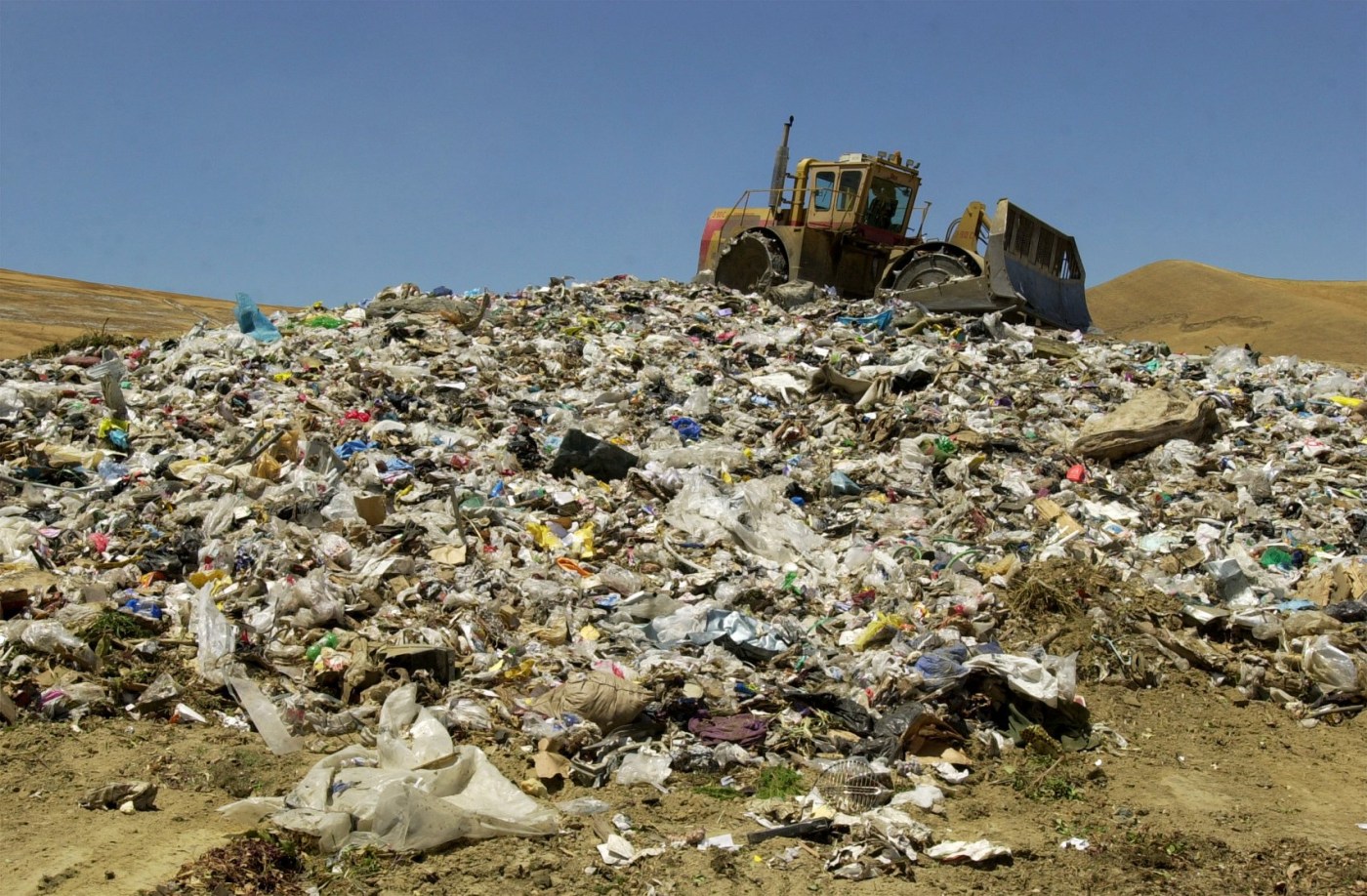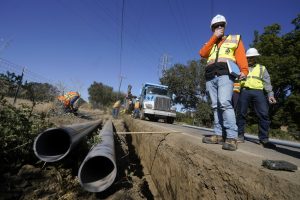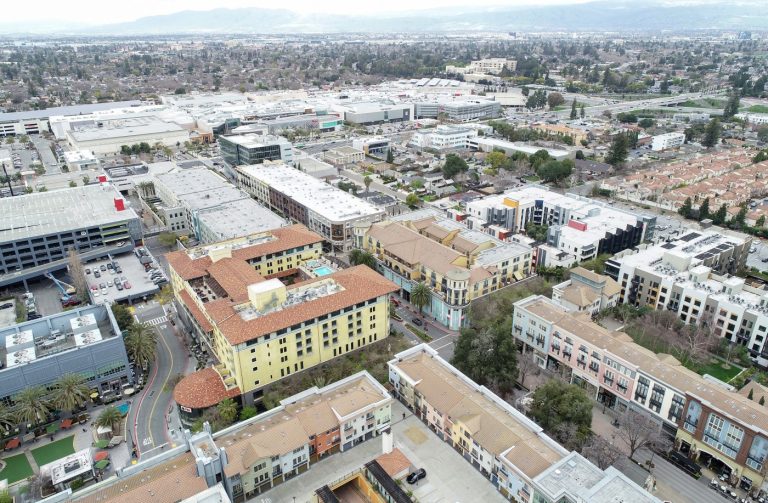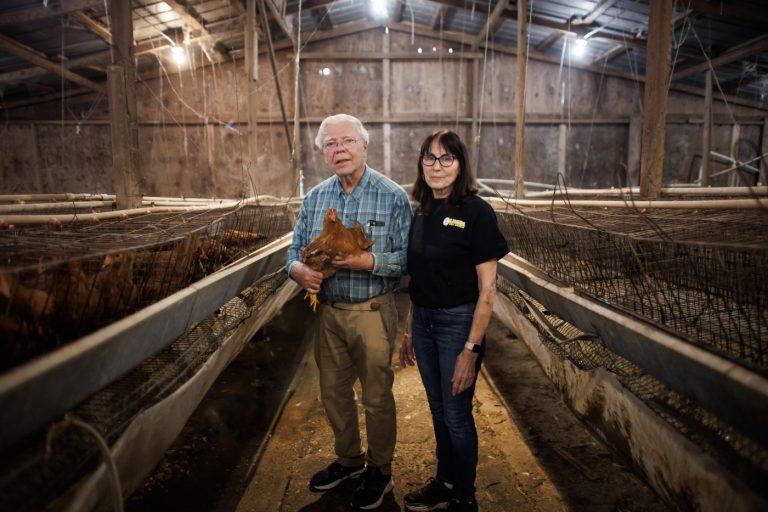Most Americans are unaware that reducing methane emissions is the single most impactful action we can take right now to slow global warming.
This super-pollutant’s ability to trap heat and warm the planet is about 80 times greater than carbon dioxide. When people think of methane, it’s often of belching cows or leaking pipes, but our trash piling up in landfills is actually the third largest source of human-caused methane pollution in the United States.
The California Air Resources Board (CARB) set the standard for regulating methane emissions from landfills. Now, thanks to huge advances in technology and ever-evolving research and data, we can see just how prevalent and damaging methane emissions continue to be.
The good news is that CARB can use this new information to do what it has always done best — take action and lead the nation in finding, capturing and controlling dangerous pollution.
Today, California ranks second in the nation for methane emissions from municipal solid waste landfills, with estimated emissions equivalent to the carbon dioxide emitted from 5 million cars driven for a year. Three hundred landfills are responsible for a disproportionate amount of the state’s overall methane emissions caused by buried food scraps and other organic waste that steadily decompose under mountains of trash.
And the latest research — led by the non-profit Carbon Mapper — reveals that landfills are sending methane into the air at a rate that’s 40% higher than previously estimated, with concentrated plumes persisting for months or even years in landfills across California. These invisible emissions represent an untapped opportunity to address climate change and help California meet its recent commitment to slash methane pollution 40% by 2030 compared to 2013 levels.
Tamping down on methane pollution also protects California communities from the other toxic pollutants spewed by landfills. Emissions like volatile organic compounds worsen respiratory illnesses and a myriad of health impacts for people living in the shadow of these facilities. Residents near the notorious Chiquita Canyon Landfill have spent years suffering from symptoms like dizziness, headaches, nausea and worse.
Achieving California’s statewide target of diverting 75% of its organic waste from landfills is critical. Millions of Californians have embraced this goal and diverted green waste to recycling centers for composting. But the existing garbage in our landfills must still be dealt with for decades to come.
Related Articles
Gov. Newsom announces first new state park in a decade and sets climate goals for natural lands
Europe is the fastest-warming continent on the planet
Dead gray whale washes up on East Bay beach
How a different type of atmospheric river storm saved California from another drought
Will there be a ‘superbloom’ this year in California? Here’s what to know
One straightforward solution is for CARB to quickly update its regulations to require stronger landfill management practices that include not only aerial surveys like those used to conduct Carbon Mapper’s study, but also ground sensors, drones and satellites that can provide an accurate picture of methane emissions.
Other readily available, common-sense requirements to prevent leaks include using more protective material for landfill cover, taking steps to reduce downtime for gas collection systems, and setting more stringent methane emissions levels. None of these practices require moonshot technology or break the bank, and every one of them can be implemented with relative ease. Most importantly, they put an emergency brake on global warming at a time when it’s urgently needed.
California has always embraced technology to lead the nation on tackling our toughest environmental and public health challenges. Now, CARB has the opportunity to once again set the national standard for proven solutions to protect communities, stop pollution and slow global warming.
Gina McCarthy is the former administrator of the U.S. Environmental Protection Agency and served as the first White House National Climate Adviser. She is the managing co-chair of climate action coalition America Is All In.












